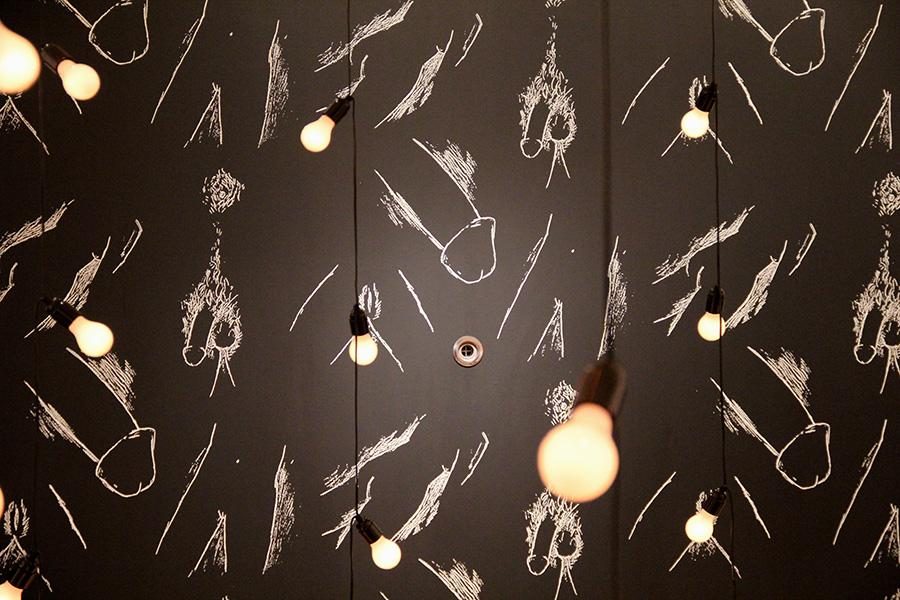Sturtevant show reveals beauty in copies
November 26, 2014
Two weekends ago at the Museum of Modern Art, a mother and child walked into “Sturtevant: Double Trouble” and stared at “Duchamp L.H.O.O.Q.” Like all other works in this retrospective of Sturtevant, the painting is a carefully studied copy — this one imitates Marcel Duchamp’s “L.H.O.O.Q.,” a postcard of the “Mona Lisa” with a moustache drawn on the now-famous sitter. The child seemed concerned, perhaps because the image was a woman with facial hair, or perhaps because she thought it was the da Vinci painting itself. “Don’t worry, it’s not the real thing,” the mother said.
The mother’s reaction could be applied to any of Sturtevant’s appropriations, which are fabulously presented in this challenging, long-overdue retrospective. It is truly a shame that the artist, who died in May, could not see her work exhibited in this marvelous show, the kind that urges critics to rewrite history and reconsider art world outliers like Sturtevant.
Many visitors who wander into “Double Trouble” will be confused by what they find, especially because Robert Gober’s striking “Male and Female Genital Wallpaper” — the title of which makes no pretensions about what it is — and Sturtevant’s copy of it are just one floor apart. Some will know that Sturtevant has elaborately redone Andy Warhol and Joseph Beuys works and meditate on her elaborate replicas. Others who walk past the wall text will think they really are seeing Roy Lichtenstein’s Ben-Day dot paintings and Keith Haring’s eye-popping graffiti tags. At a certain point, it becomes hard to tell the difference between Sturtevant’s fakes and the real works.
Sturtevant’s work sounds like it came out of the ’80s, when artists like Cindy Sherman and Richard Prince stole images to investigate the meaning of pictures. Almost two decades before Sherrie Levine controversially appropriated Walker Evans’ Depression-era photography, Sturtevant was stealing from the Pop artists during the ’60s, and she was doing it in style by copying the copycats.
The Pop artists saw something in Sturtevant that critics did not — a renegade who knew a thing or two about the meaning of art. As art legend has it, Sturtevant asked Warhol for the original silkscreen of his “Flowers” works. He gave it to her, and she made her own series, “Warhol Flowers.” Featured in the exhibition, one of these indigo silkscreens is a testament to the power of her art about art. In Sturtevant’s hands, the silkscreen is less a comment on commercialism — as it was for Warhol — than it is a statement about the “Flowers” series itself. Context is everything.
To Sturtevant, the beauty of art was that it was constantly in flux, its circumstances always changing. True to form, Sturtevant’s work is elusive — it never says the same thing twice, and it encourages viewers to keep thinking about the nature of art itself through familiar images. Duchamp would have been tingling with appropriation-induced glee.
A version of this article appeared in the Wednesday, Nov. 26 print edition. Email Alex Greenberger at [email protected].











































































































































